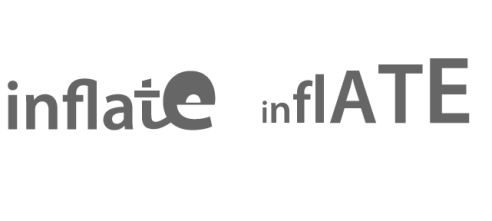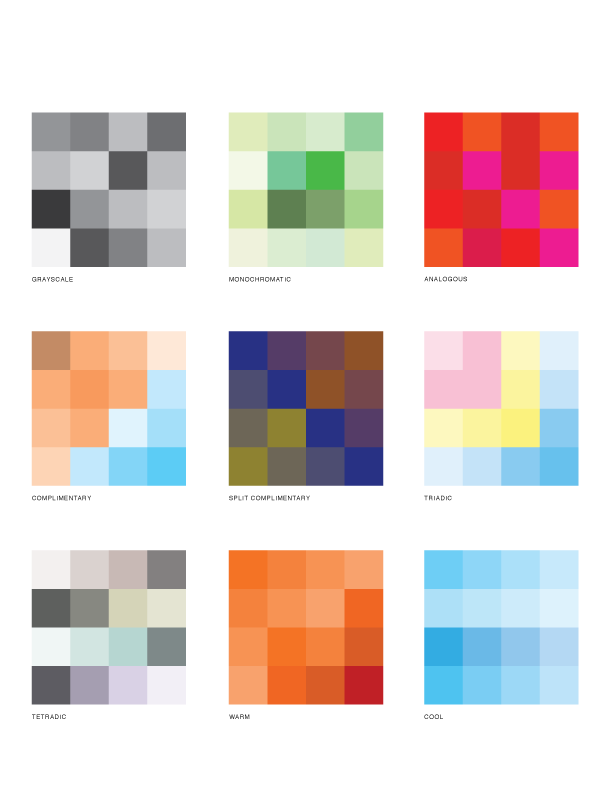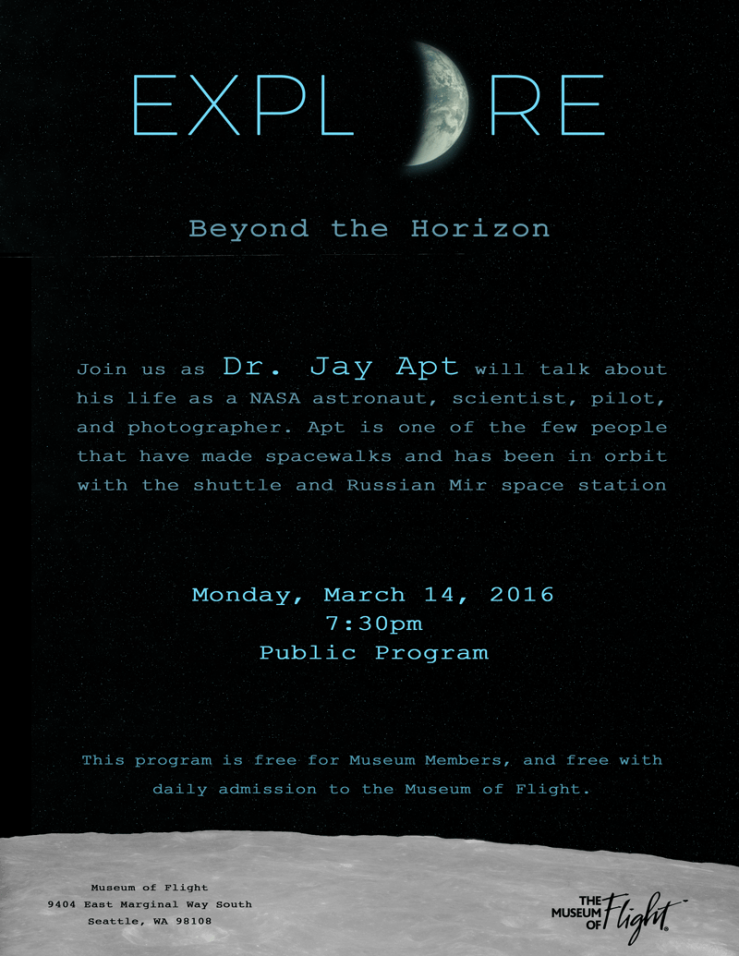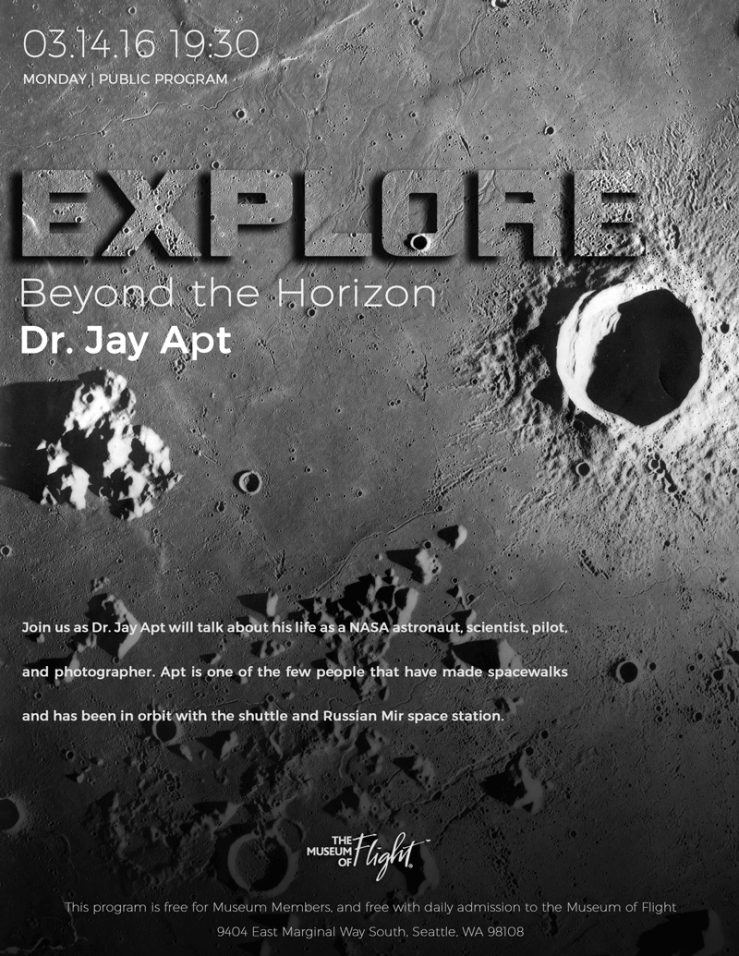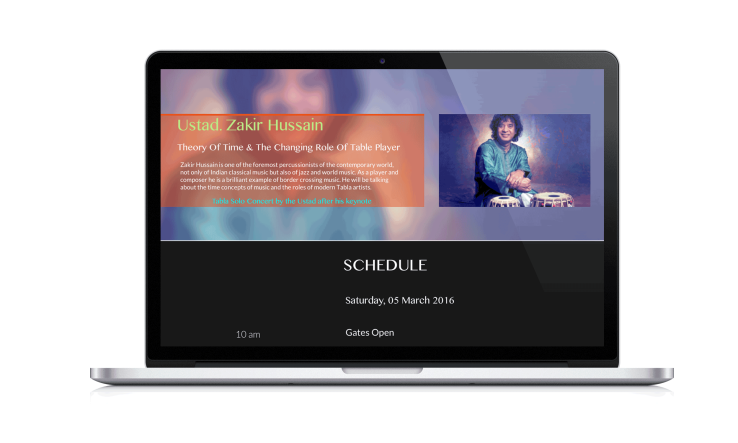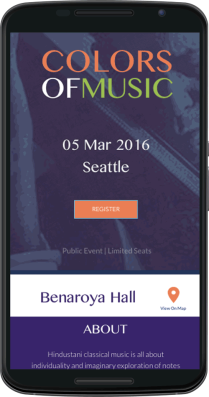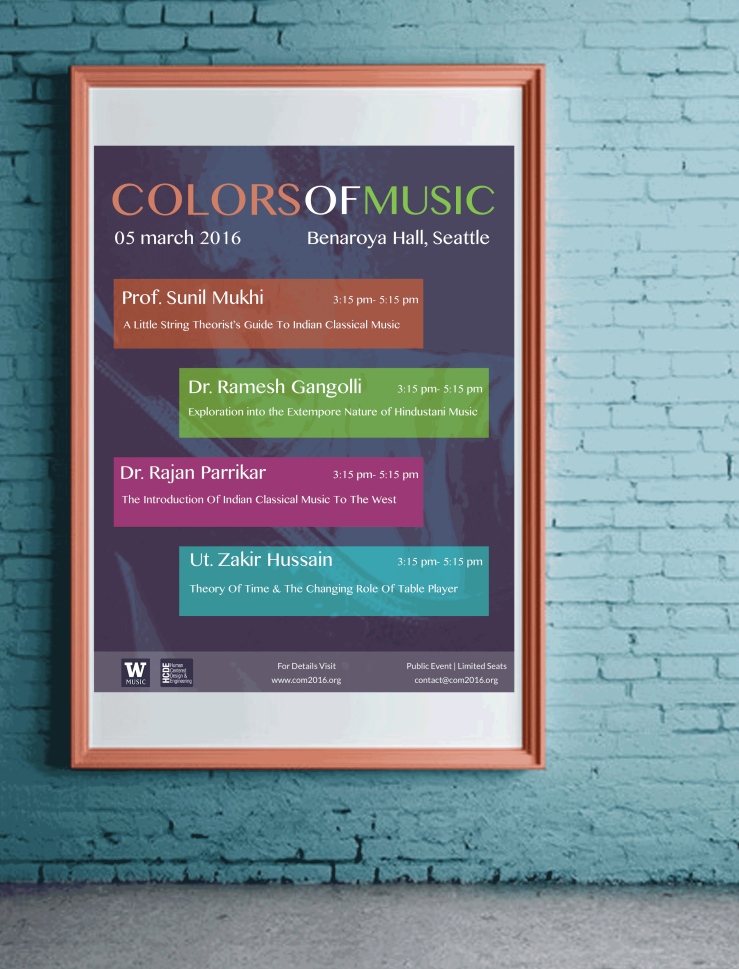One of the most confusing things in the life of a student is the process of applying for higher education abroad. There just isn’t one defined process or a ‘guide book’ to help students research and apply to universities overseas. This confusion makes the perfect hunting ground to the ‘education consultancies’. I have been involved in the process of applying to universities for the last two years and I have experienced a lot of the positive and negative sides of this exercise. While I had no one to guide me, I relied heavily on the internet and even once made a mistake of consulting from one of the million ‘chor’ consultancy businesses to pursue my dream of studying abroad. But fortunately after going through a lot of tough preparation and planning, I managed to get into the university I dreamed of (Not with the help of the consultancies). And trust me, if I could do it, anybody can. Hopefully this blog will help you in your application process. Although this looks like a guide book, this is not. I am just making an attempt to let you know of the basic steps involved. You still must work on your own to finalize and apply to your dream universities.
Step 1: Understand your dream
A master’s degree should be pursued because you’re really ‘passionate’ about the subject. Do not because your parents forced you to do it or because your best friend decided to study and you’ll be left alone here or because someone might offer you dowry (this is the worst reasons of all). A master’s degree is a very focused course and you shouldn’t be doing it unless you are really sure about your future and where your passion lies in. So take your time to realize where your passion lies in, if studying a master’s degree will really help you in your area of interest and the kind of careers would you be later willing to take up after graduating.
It doesn’t matter if you’ve done your bachelors in a subject you’re not interested in and want to pursue master’s in a different subject of your choice. The universities look at your passion and love towards the subject more than anything else. As long as you can convince them with sufficient evidence, you can be an electronics student applying for a master’s course in design or arts. The (education) world is your oyster.
Tip: Once you realize what your dream and passion is, start reading about the subject, the career field etc and start making notes about what inspires you, what is it that you want to do in the field. Daydream a lot and regularly make notes of the same. I will tell you where this becomes useful later.
Step 2: Prepare Early
The process takes an annoyingly long time. There are so many things you must take care of and so many documents to be prepared, it’s advisable to start your preparations early. A safe time to start your preparation is during March-April for the semester starting in Fall of the next year. That means you must start your master’s app process an year and half in advance. For example, if you plan to join the semester starting Fall 2016 (August-September), you must start preparing from March-April 2015.
Step 3: Take the Standardized exams
Universities overseas need Indians to take the IELTS/TOEFL compulsorily while most American universities require the GRE as well.
The IELTS/TOEFL are relatively easier exams and unless English is really hard for you, 15 days of preparation should be enough to get you a score well above the minimum cut-off for any university. In my personal experience I advice you to avoid IELTS as they have a very ridiculous, zero-computer, manual process of sending scores to universities and they’re notoriously inefficient. In my case I received an I-20 that said ‘The student is not proficient in English’ because the British council guys did not send my scores to the university at all. TOEFL scores can be sent to universities online and it’s easy.
If you’re applying to universities in the US then you must take GRE. It is a much harder test, which evaluates your analytical and critical thinking. A solid one month-45 days of minimum prep is needed for this. Take your time, prepare well and take the exam some time around the May-June time frame. So that if in case you don’t get a satisfactory score in the first attempt, you can re-take the exam again with some time to spare.
Step 4: University Research
This is an extremely important step in your application process. There are tons of universities all around the world that teach the subject you’re interested in. And honestly, there is no easy way or a short cut to narrow down on the list of universities. You must do a lot of research online and look for the right university. This is where your googling and networking skills come to use. Check out websites like QZ world rankings, Times higher education, business week, Quora, Linkdin, education forums like Edulix, stupid-sid etc where a lot would be discussed about the universities and subjects. Make a long list of all the universities that offer the course of your choice.
Once you have a big list of universities, start visiting the program website of each university and see the program structure, the research work being carried out, and it’s relevance to your interests. Do not worry if the university is an high ranked university, as long as the program interests you, just have an eye on it. By the end of this process, you should be having anywhere between 8-12 prospective universities that you find very interesting and want to apply to. Again, remember, do not choose a university because a girl you had a crush on studies there or your uncle’s nephew stays in the same town. Focus only on the course.
Make a list of well-distributed list of universities. Do not choose the top 8 universities or 8 completely unheard ones. Have a good mix of highly ranked-moderate-safe universities so that you hedge your chances.
Do not make a ridiculously long list of universities either. Remember each university (Almost all American and some European) has it’s own application fees varying from $60-$120. Keep your budget in mind. Don’t spend all your money on the applications.
Step 5: Preparing the application docs
This is the next hard part. Once you have a list of 6-8 universities, start preparing the documents. Generally the documents needed by most universities are:
- Statement of Purpose (SOP)
- 2-3 Recommendation letters
- Undergraduate transcripts
- Test scores (IELTS/TOELF+GRE)
- CV/Resume
- Additional Requirements
- SOP: This is the most important document in your application. This is the essay which communicates your interests, passion and career goals to the profs reviewing your application in your absence. This can single-handedly make or break your application in most cases. Start working on your SOP early, possibly by June.
This is where your notes of dreams and ideas will be of help. Start writing a story about how the particular subject inspired you, what work you have done in the subject that merits an admit into a graduate program, what are your future plans and what you intend to do in the chosen field, what made you apply to that particular university and how you’d be contributing to the department through your knowledge. Make a very strong case and write an extremely articulate, to-the-point essay answering all the questions mentioned above. There are many websites and article that tell you more about how to write a good letter of motivation. Just Google.
Every university has its own length requirement for the SOPs. Some have no limit while some have as less as 500 words. Keep the length in mind when you start writing.
Caution: DO NOT COPY others’ SOPs. This can blow your chances like nothing else. Make sure what you write is genuine and your own.
The SOP takes a lot of iterations to be apply-ready. Make a complete draft and have your friends, mentors or anybody who is willing to help you out, review your essay and give constructive feedback on your work. If you do not know anyone, you must look for new people. It’s not hard to find people in the age of Facebook. So do your homework, look for groups, forums, mutual contacts etc and find someone who can help you. If you look hard enough, you WILL surely find someone. Try to write a solid, clearly written, very specific and a convincing SOP.
2. Transcripts: Transcripts contain your undergraduate scores of all the semesters in a single sheet, signed and sealed by the issuing authority. Contact your UG University and get as many transcripts as the number of universities you’re planning to apply. Have an extra copy for your scanning purposes.
- Recommendation Letters: Most universities need at least 2 recommendations while some may need 3. Get good recommendations from your college professors and a manager or a senior colleague if you’re working in a company.
Note: Do not use a common template with tons of generic praises like ‘he’s one of the most studious person I have come across’ or ‘He completes all his assignments on time’. Although they may be valid, they do not differentiate you from another person who can also claim the same stuff. Identify unique characters in you and write a very specific and informative letter (if you’re asked to write one).
4. CV/Resume: Make a good-looking CV detailing all your educational and professional experiences. Try to show more work done on the subject you intend to study.
5. Test Scores: If you’re taking GRE and TOEFL/IELTS, you can send the scores to 4 universities for free on the day of the exam. So be prepared with the addresses of at least 4 universities you’re sure of applying on the day of the exam. After the exam, you can still the GRE/TOEFL scores online for a fee. For IELTS, you must do a great circus of getting a DD from a bank in the name of ‘The British Council Division’ payable at Chennai, make copies of your Test Report Form(TRF) and your passport, fill a form with the address of every university and courier everything to their Chennai office and pray to god they send the scores. (No guarantee or receipts issued. Yes they’re living in 1920s)
6. Additional Requirements: Some universities/programs may need extra documents. For eg a program in design might want to look at your design portfolio or a PhD program might expect you to upload your research papers etc. Make sure you go through the program website for their requirements carefully before applying.
Step 6: Contact Professors and Alumni
The education system in the west is considerably different than what we’re used to here. So it’s understandable if at some point of time you feel lost. (Happens a lot in fact). Reaching out to people in such cases helps a lot. Look out for professors and alumni from the department and write them emails asking your doubts. In my personal experience, at least 3 out of 10 people will be very glad to help you out with any query you have. So do not hesitate to talk to seniors.
Step 7: Sending Applications
When you have all documents ready, it’s time to start applying. Sign up and log in to the universities’ application portals and start filling in your details. It will take about 45 minutes to an hour max to fill out an application form if everything is ready. However, do not hurry, take your time to fill in the details. You can save the application progress and resume filling the applications at any point of time, so do not fill them in a rush, because the smallest of mistakes can result in your application being rejected.
Also, most universities have an application fee varying from $50-$120. So make sure you do not waste money on applying to all sorts of random universities whose program you’re not sure of. Unless you have an IPL-esque budget, be very sure before hitting that ‘submit’ button.
Remember, you cannot make any changes to the details you have entered after submitting the application. So re-check multiple times after filling out the forms.
Keep an eye on the application deadlines. Each department has it’s own application deadline and you must submit your application before that date. Try to submit your applications as early as you can. It’s always better to apply early and be at the top of the stack as many people start applying around the deadline. The English test and GRE scores can be sent after submitting your applications and sometimes even beyond the application deadline. So do not wait for that.
Step 8: Job Done
Now hope that your efforts will pay off well and get you an admit in the university you really want to get into.
Consultancy Scams
The greatest scams of higher educations are the ‘higher education consultancies’. They are broad daylight robbery agencies that run one of the greatest scamming business in the name of helping students.
When people who do not have information about the universities and don’t know the process of applying approach the consultancies, the first thing they do is scare the shit of out such people. They convince you that the application process is something that cannot be done by yourself and if you try, you will never get an admission. They tell you about how many students from their consultancy have gone overseas and the great amount of help they’ll be doing you with your ‘application process’, ‘SOP’ and ‘Visa interviews’. And for all this, they fleece you an unjustifiable 25k-35k. When you pay them the money, that’s it. You’re forgotten like you’re nobody. They don’t give a rat’s ass about your dreams and passion. They want your money and once they have it, they’ll move on to scam the next student. You will be pulling your hair a week after paying them money. Let me break down their scamming techniques:
- List of universities: They promise to give you a list of best universities for your profile after you pay the money. They then take your ‘profile’ in a sheet of paper and randomly make a list of 8 universities. This would be pretty much common for every student they ‘help’ regardless of how good or bad the universities are. After all, the poor students won’t know about any of this. When someone does know of a university better than the consultancy shortlists, they go to the extent of discouraging you from applying there saying your ‘profile’ isn’t good enough.
Fix: There are many websites like Edulix and Stupid Sid which actually take your profile and give you a possible list of universities for free. You can also speak to some seniors and find out the credibility of the department and university when you are unsure. This will actually give you a much cleaner view and options. The consultancy fellows are not subject experts. They do not understand if you’re passionate about computer networks or linear algebra or applied mechanics. All they know is the list of ‘probable’ universities that you ‘can’ apply to with your acads. A big risk IMO.
2. Documents help: They give you a list of documents that you must gather to submit your application, all of which I have mentioned above. Also, you must run around for the documents. They won’t do shit just because you’ve paid them money.
Fix: Check the university/program website and they would have clearly mentioned the documents needed.
3. LOR and SOP help: This is where they really hurt your chances. They write a generic LOR by replacing some other student’s name with yours and his/her professor’s name with your professor’s name. There won’t be anything that differentiates you or highlights your efforts.
The SOP is a bigger scam. They make you write your SOP. When they have a story long enough for them, they send it to their in-house English expert who then glorifies and beautifies your SOP to unimaginable extents using flowery words and expressions that even Shakespeare himself would cringe to use.
The beautiful SOP might look perfect at first, but this is a deadly mistake. The professors in the universities see hundreds of SOPs every year and they clearly know which is original and which is a fake. If they find out, it won’t take a genius to know what the result of your application decision will be. Especially if you’re applying to a ‘dream’ program/university, this majorly dents your chances. Do not do this. Even if the words aren’t flowery or if you haven’t used fabulous range of vocabulary, keep the essay very specific and have solid content to justify your case. No university would reject an honest and deserving SOP.
4. Filling-the-Application help: Do you think they know your address, UG scores, you parents’ details and your passport details to fill your application form? They don’t. The best they do is telling you “Fill your details. Ask us if you get stuck anywhere”. There is Google. It is free. No thank you.
5. Visa help: If by luck you get an admit, they offer you help with Visa. Again, they make you do all the work, including going to bank, getting affidavits, capability certificates etc. They remotely do none of these things. They can’t even do it if they wanted to. How will they know how much money you have or how you plan to sponsor your education. They simply become your text to speech translators reading and telling you what millions of websites tell you for free. Some even go to the extents of meddling with your bank account by pouring in huge amounts of money temporarily and faking bank manager signatures to get your financial documents ready for Visa. This is extremely dangerous and if caught, you might be permanently blacklisted by the American embassy, which means, say good-bye to your dreams of ever setting foot on American soil.
Fix: Check out Edulix and other websites. They’re filled with tons of information regarding financing and Visa information and if that confuses you, you can always reach out to one of your seniors or just about anyone studying abroad. Somebody should be able to help you if you ask him or her nicely.
Bottom-line
The consultancies are never an answer to your application process confusion. In fact they should not exist legally or morally. They loot your money and play with your future in the name of getting you an admit in a foreign university. Do not fall prey to their lies and scary/flowery words. In today’s age of the Internet, no information is too far away. If you make a little effort in looking, you will surely find answer to any complex issue. The universities have excellent websites detailing every information applicants need to successfully complete the application. If you still can’t find answers, you can always call the university admission office and get your doubts cleared. The consultancies DO NOT do anything that you cannot do yourself. It’s like paying them money to become your bosses and order around what you must do. And paying them an insane 25k-35k to do that is making a fool out of ourselves. Think about it; is it worth paying someone 25k for (max) an hour’s Googling? Absolutely not. Do not contribute to such scam businesses and worse put your future in the hands of such people.
Applying for master’s programs can be an exhausting exercise. It takes a lot of time and a lot of effort. But if you do it honestly enough, it can be very rewarding in the end. After all, the process of applying, is a part of the education that you will pursue after you go there. If you find this very hard, then you must re-consider your plans and goals. All the best.



